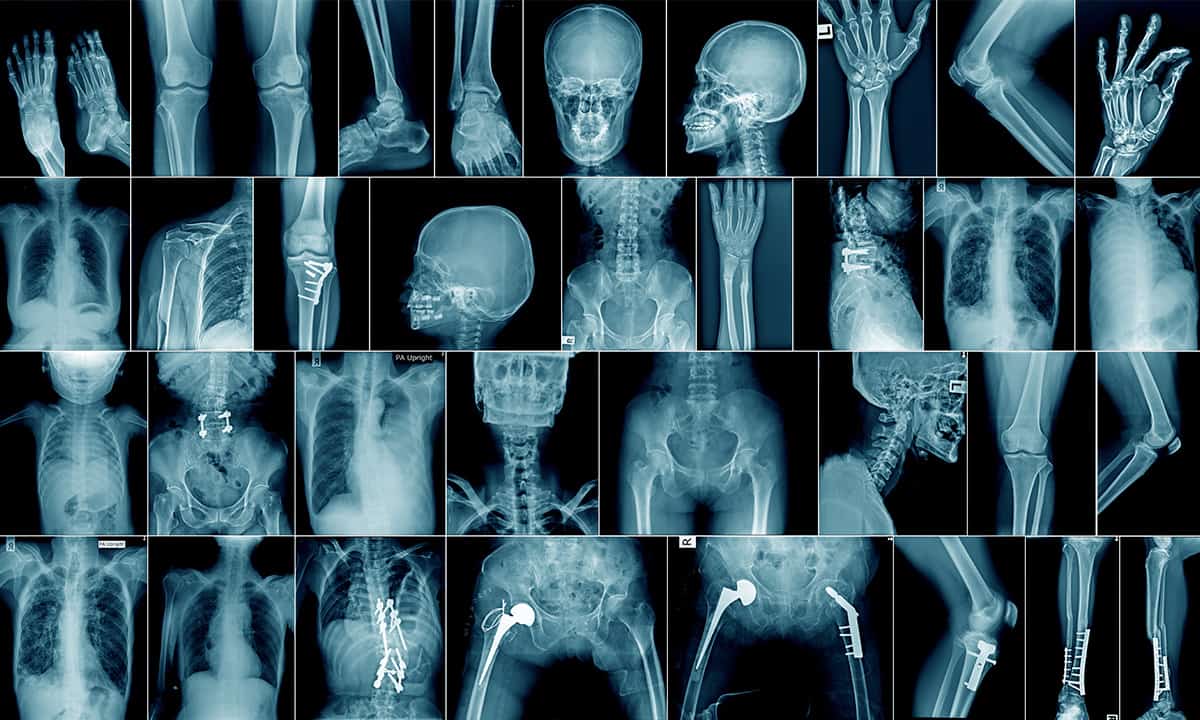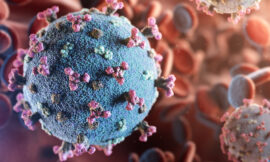Radiology, often referred to as the “eyes of medicine,” is a branch of medical science that utilizes various imaging techniques to diagnose and treat diseases and injuries within the human body. It plays a crucial role in modern healthcare, offering clinicians invaluable insights into the internal structures and functions of the body without the need for invasive procedures. From X-rays to magnetic resonance imaging (MRI), radiology encompasses a diverse array of imaging modalities, each with its own strengths and applications.
One of the foundational techniques in radiology is X-ray imaging. Discovered by Wilhelm Conrad Röntgen in 1895, X-rays are a form of electromagnetic radiation that can penetrate the body to create images of internal structures such as bones, organs, and tissues. X-ray imaging is commonly used to diagnose fractures, detect abnormalities in the lungs and chest, and aid in the diagnosis of conditions such as pneumonia, arthritis, and certain types of cancer.
Computed tomography (CT) is another widely used imaging modality in radiology. CT scanners use a series of X-ray images taken from different angles to create cross-sectional images, or “slices,” of the body. These images provide detailed information about the internal anatomy and can reveal abnormalities such as tumors, blood clots, and internal bleeding. CT scans are particularly useful for diagnosing conditions affecting the brain, abdomen, and musculoskeletal system.
Magnetic resonance imaging (MRI) is a non-invasive imaging technique that uses a powerful magnetic field and radio waves to generate detailed images of the body’s internal structures. Unlike X-rays and CT scans, MRI does not use ionizing radiation, making it safer for certain patient populations, such as pregnant women and children. MRI is especially adept at imaging soft tissues such as the brain, spinal cord, and joints, making it an invaluable tool for diagnosing conditions such as brain tumors, spinal cord injuries, and joint disorders like arthritis.
Ultrasound imaging, or sonography, utilizes high-frequency sound waves to produce real-time images of the body’s internal structures. It is commonly used to evaluate the organs and blood vessels in the abdomen, pelvis, and reproductive system, as well as to monitor fetal development during pregnancy. Ultrasound is safe, non-invasive, and does not involve exposure to ionizing radiation, making it particularly well-suited for use in sensitive patient populations.
Nuclear medicine is a specialized field within radiology that involves the use of radioactive substances, known as radiopharmaceuticals, to diagnose and treat diseases. In nuclear imaging procedures such as positron emission tomography (PET) and single-photon emission computed tomography (SPECT), patients are administered a radiopharmaceutical that emits gamma rays. These gamma rays are detected by a special camera to create images that reveal metabolic and functional information about the body. Nuclear medicine is used to diagnose conditions such as cancer, heart disease, and neurological disorders, as well as to guide treatment planning and monitor the response to therapy.
In addition to diagnostic imaging, radiology also encompasses interventional procedures, in which imaging techniques are used to guide minimally invasive treatments such as biopsies, angioplasty, and tumor ablation. Interventional radiologists are highly skilled physicians who specialize in using imaging technology to perform these procedures with precision and accuracy, often reducing the need for traditional surgery and its associated risks and recovery times.
In conclusion, radiology is a dynamic and rapidly evolving field that plays a critical role in modern healthcare. By harnessing the power of imaging technology, radiologists and other healthcare professionals are able to diagnose and treat a wide range of diseases and injuries, improving patient outcomes and quality of life. As technology continues to advance, the future of radiology holds promise for even greater innovations in imaging techniques, further expanding our ability to understand and care for the human body.



